There are a lot of ways to get a delay, but I don't know of any that just use "discrete components". The best way to do reverb in the modern world is to use a DSP.
The only way I know of to do this "analog" is to use physical objects like rooms or metal plates, or magnetic tape.
"In the millisecond or second range" is a pretty huge range, you know. If you have a circuit that produces 1 ms of delay, you would need 1,000 of them to get to 1 second. Older reverbs created long tails using feedback, rather than long delay elements. Schroeder reverb, enhanced version
You can use all-pass filters to add short delays, but they delay different frequencies by different amounts, resulting in phase distortion. 4 - Delay correction, Projects


Otherwise you need to use bucket brigade devices, which emulate a slow transmission line. But they aren't really analog (they used switched capacitors which are analog in voltage but discrete in time, so they alias etc just like digital) and aren't feasible to make from discrete components anyway.
 Figure 1: A simple eight-stage bucket-brigade device (or BBD) delay line.
Figure 1: A simple eight-stage bucket-brigade device (or BBD) delay line.


